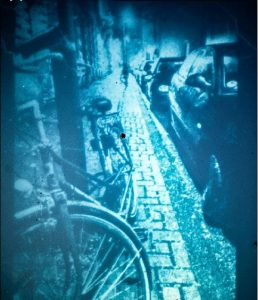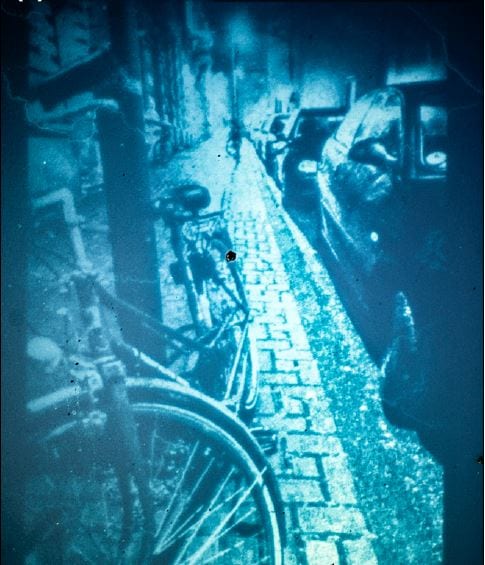Christian Pester, Craig Hawker, and researchers from University of California, Santa Barbara, and Freie Universität Berlin, report the engineering of surfaces through sequential stop-flow photopatterning, in work dedicated to the late Professor Edward Kramer. This work is published in issue 42/2016 of Advanced Materials.
The team used solution-exchange lithography, a combination of stopped-flow techniques and reduction photolithography, to engineer a modular platform for sequential photochemical reactions in a continuous manner. This facilitates chemical surface patterning through successive exchange of reactants within a stop-flow cell, while providing significant flexibility to exchange light sources, and/or spatially decoupled photomasks. The ability to exchange reaction solutions in situ leads to homogeneous wetting of substrates with solutions of vastly contrasting polarity.
The authors have used the technique to reproduce images on the microscale. To demonstrate the achievable complexity and spatial resolution, they reproduced a photograph through a patterned poly(methyl methacrylate) brush.
The platform described is expected to offer a simple strategy for production of topographically and chemically diverse patterned polymer-brush surfaces from uniform initiating layers in a highly reproducible and streamlined manner.


















